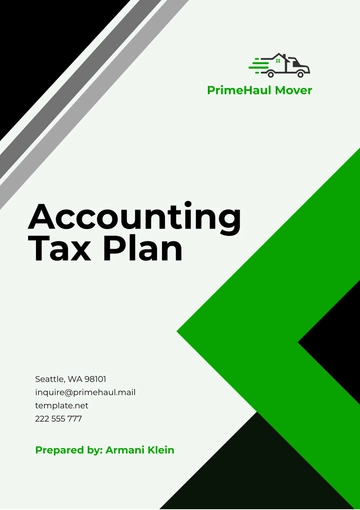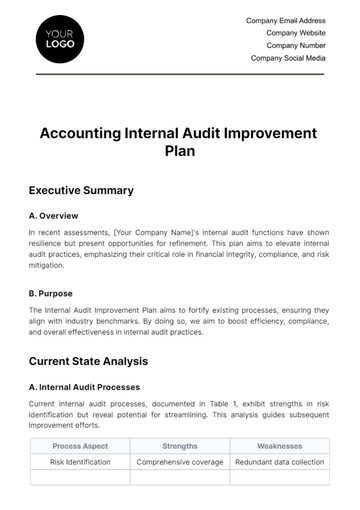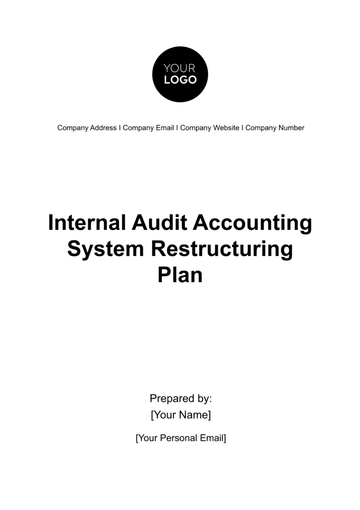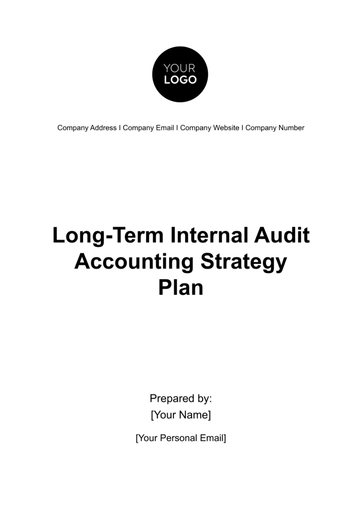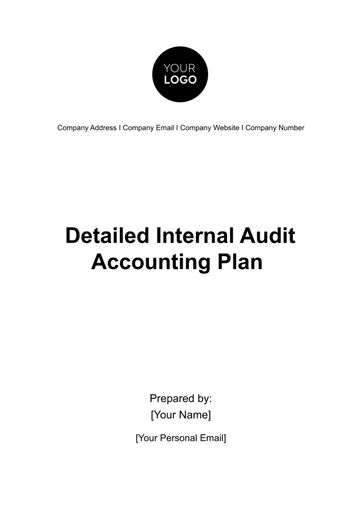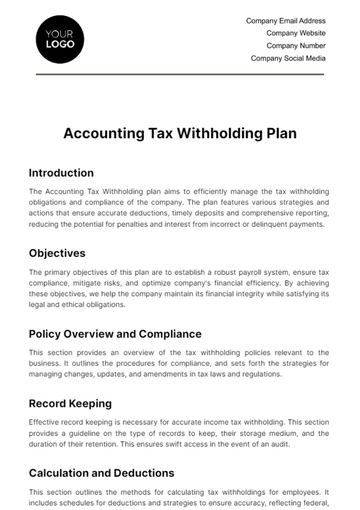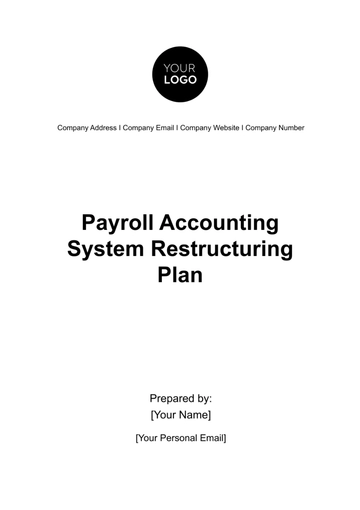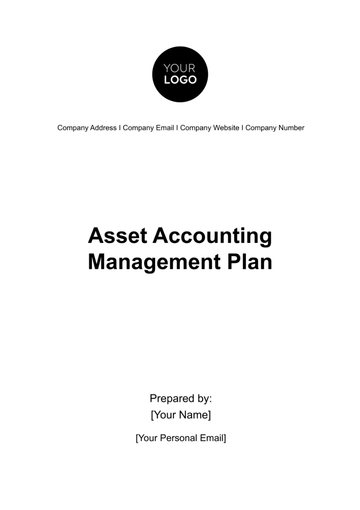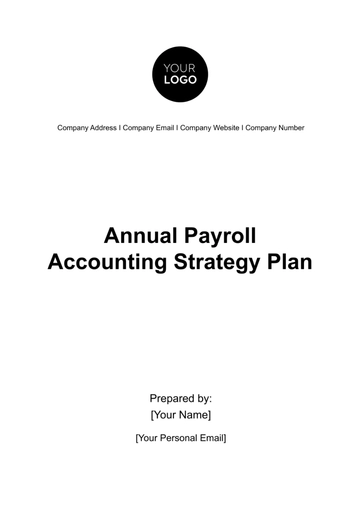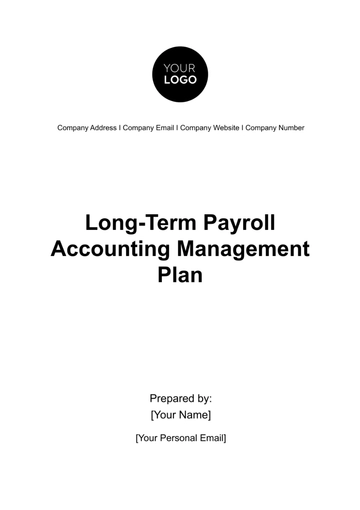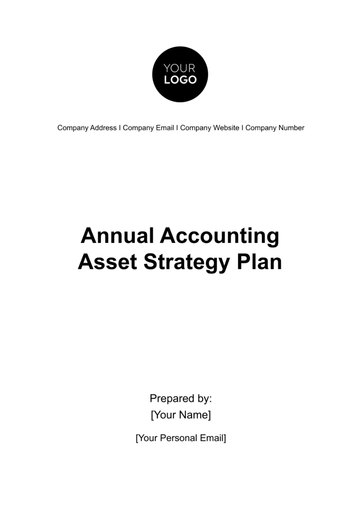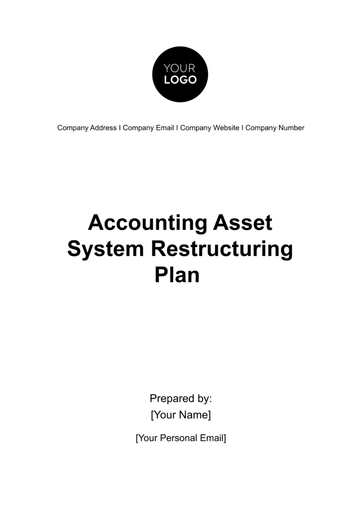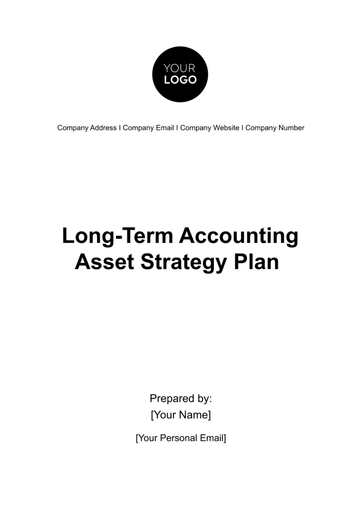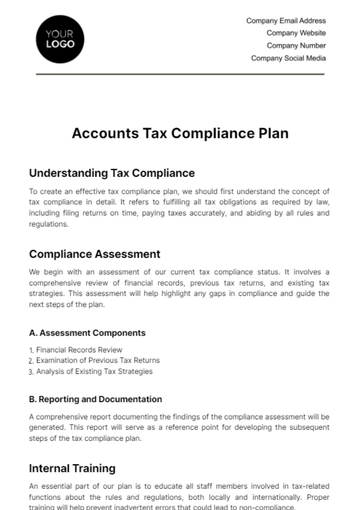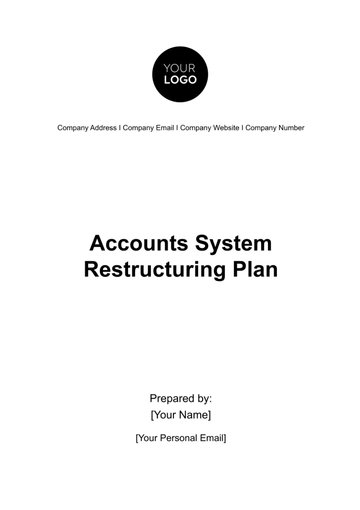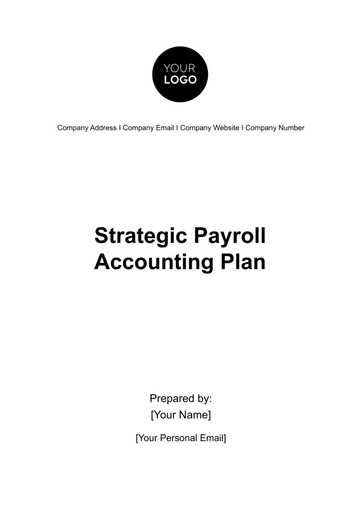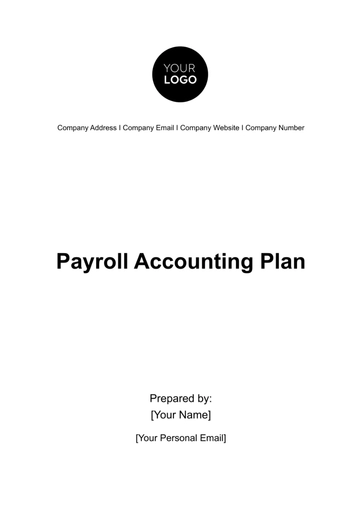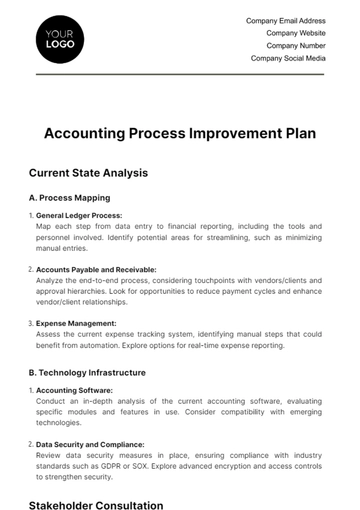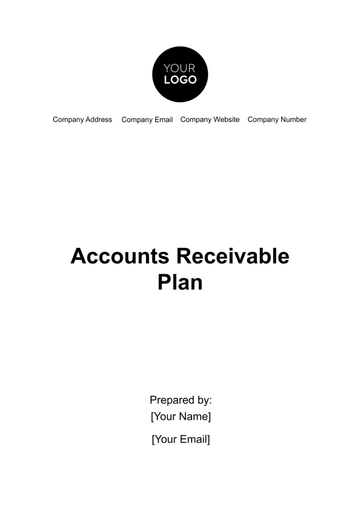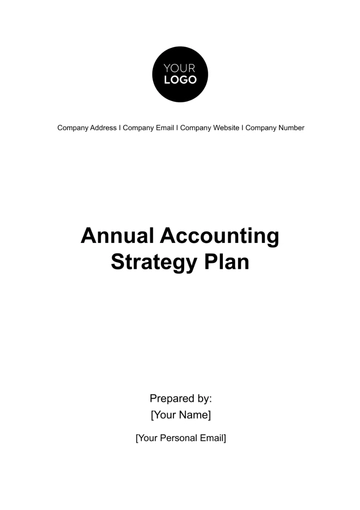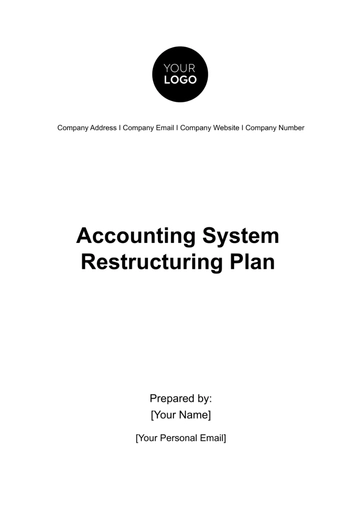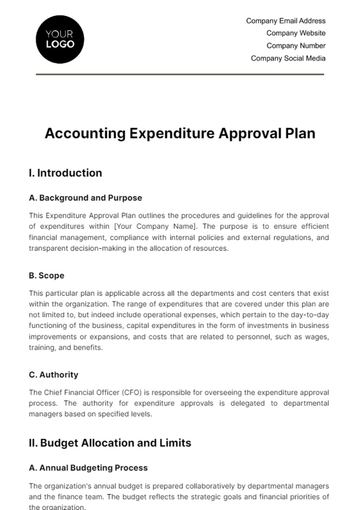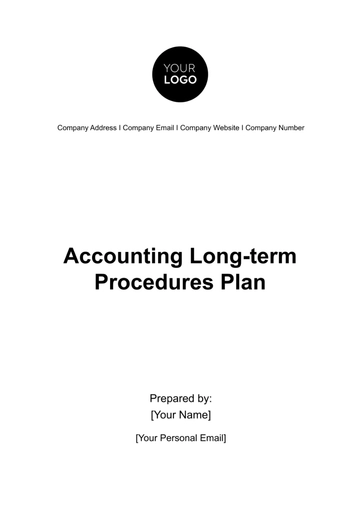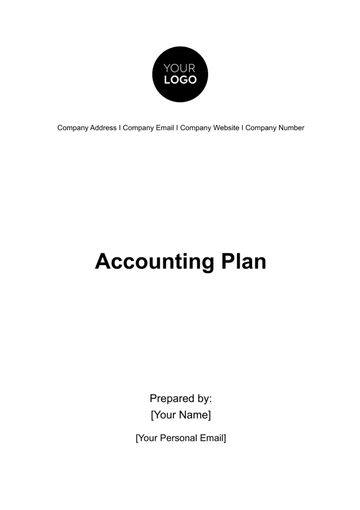Free Accounts Tax Compliance Plan
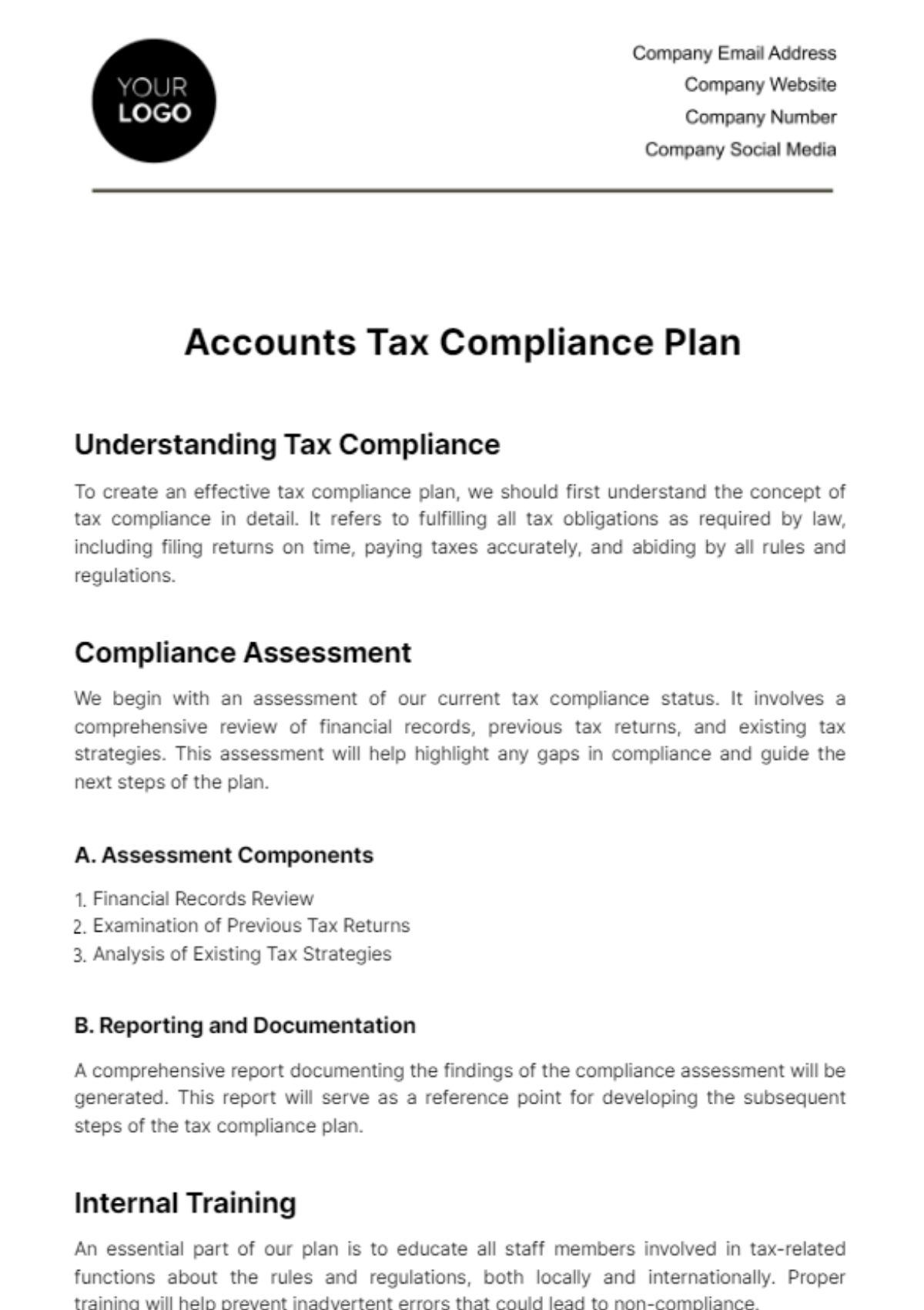
Understanding Tax Compliance
To create an effective tax compliance plan, we should first understand the concept of tax compliance in detail. It refers to fulfilling all tax obligations as required by law, including filing returns on time, paying taxes accurately, and abiding by all rules and regulations.
Compliance Assessment
We begin with an assessment of our current tax compliance status. It involves a comprehensive review of financial records, previous tax returns, and existing tax strategies. This assessment will help highlight any gaps in compliance and guide the next steps of the plan.
A. Assessment Components
Financial Records Review
Examination of Previous Tax Returns
Analysis of Existing Tax Strategies
B. Reporting and Documentation
A comprehensive report documenting the findings of the compliance assessment will be generated. This report will serve as a reference point for developing the subsequent steps of the tax compliance plan.
Internal Training
An essential part of our plan is to educate all staff members involved in tax-related functions about the rules and regulations, both locally and internationally. Proper training will help prevent inadvertent errors that could lead to non-compliance.
A. Training Modules
Local Tax Regulations
International Tax Regulations
Compliance Best Practices
B. Continuous Training
Regular training sessions will be scheduled to ensure that staff members stay updated on any changes in tax laws and regulations.
Implementation of Appropriate Software
We will incorporate advanced tax software into our system to facilitate the efficient management of tax responsibilities. This software should be capable of calculating taxes accurately, generating appropriate reports, and keeping track of any changes in tax laws.
A. Software Selection Criteria
Accuracy of Tax Calculations
Reporting Capabilities
Adaptability to Regulatory Changes
B. Integration with Existing Systems
The selected tax software will be seamlessly integrated with our existing systems to ensure a streamlined workflow.
Keeping Up-to-Date
Because tax laws and regulations frequently change, we must commit ourselves to stay up-to-date with these modifications. Regular dissemination of such updates to all relevant personnel is also a crucial part of the plan.
Risk Management
Our plan will incorporate a robust risk management strategy to identify and mitigate potential risks associated with tax compliance. Regular audits will help detect any irregularities, allowing us to address them promptly before they escalate.
Record Keeping
An appropriate record-keeping mechanism will be established to safeguard all financial records, invoices, and receipts. Consistent and accurate record keeping is vital for smooth tax filing and proving compliance if questioned by authorities.
A. Record Storage
Digital Record Keeping
Secure Backup Systems
B. Accessibility and Retrieval
Efficient systems for accessing and retrieving records will be implemented to facilitate seamless compliance checks and audits.
Dedicated Compliance Team
We will establish a dedicated tax compliance team responsible for overseeing the implementation of this plan. They will coordinate communication between different departments, conduct periodic audits, and ensure that all tax obligations are fulfilled accurately and on time.
Tax Planning
An essential aspect of the plan is to incorporate elements of tax planning in our decision-making process while complying with tax regulations. The aim is to make the most efficient use of tax reliefs, deductions, and allowances available to reduce our tax liability legally.
A. Strategic Decision-Making
Considering Tax Implications in Business Decisions
Maximizing Available Tax Incentives
B. Collaboration with Tax Professionals
Engagement with tax professionals will be encouraged to ensure the incorporation of the latest tax planning strategies into our decision-making processes.
Evaluation and Improvement
The final part of the plan includes continuous evaluation and improvements. We will regularly review the effectiveness of our tax compliance strategies and make necessary revisions to improve efficiency, accuracy, and compliance.
- 100% Customizable, free editor
- Access 1 Million+ Templates, photo’s & graphics
- Download or share as a template
- Click and replace photos, graphics, text, backgrounds
- Resize, crop, AI write & more
- Access advanced editor
Enhance your tax compliance strategy with the Accounts Tax Compliance Plan Template from Template.net. This editable and customizable tool empowers you to tailor your tax compliance plan seamlessly. Utilize our Ai Editor Tool to make personalized adjustments, ensuring a robust and efficient plan that aligns with your financial goals. Elevate your accounts management with precision and ease.
You may also like
- Finance Plan
- Construction Plan
- Sales Plan
- Development Plan
- Career Plan
- Budget Plan
- HR Plan
- Education Plan
- Transition Plan
- Work Plan
- Training Plan
- Communication Plan
- Operation Plan
- Health And Safety Plan
- Strategy Plan
- Professional Development Plan
- Advertising Plan
- Risk Management Plan
- Restaurant Plan
- School Plan
- Nursing Home Patient Care Plan
- Nursing Care Plan
- Plan Event
- Startup Plan
- Social Media Plan
- Staffing Plan
- Annual Plan
- Content Plan
- Payment Plan
- Implementation Plan
- Hotel Plan
- Workout Plan
- Accounting Plan
- Campaign Plan
- Essay Plan
- 30 60 90 Day Plan
- Research Plan
- Recruitment Plan
- 90 Day Plan
- Quarterly Plan
- Emergency Plan
- 5 Year Plan
- Gym Plan
- Personal Plan
- IT and Software Plan
- Treatment Plan
- Real Estate Plan
- Law Firm Plan
- Healthcare Plan
- Improvement Plan
- Media Plan
- 5 Year Business Plan
- Learning Plan
- Marketing Campaign Plan
- Travel Agency Plan
- Cleaning Services Plan
- Interior Design Plan
- Performance Plan
- PR Plan
- Birth Plan
- Life Plan
- SEO Plan
- Disaster Recovery Plan
- Continuity Plan
- Launch Plan
- Legal Plan
- Behavior Plan
- Performance Improvement Plan
- Salon Plan
- Security Plan
- Security Management Plan
- Employee Development Plan
- Quality Plan
- Service Improvement Plan
- Growth Plan
- Incident Response Plan
- Basketball Plan
- Emergency Action Plan
- Product Launch Plan
- Spa Plan
- Employee Training Plan
- Data Analysis Plan
- Employee Action Plan
- Territory Plan
- Audit Plan
- Classroom Plan
- Activity Plan
- Parenting Plan
- Care Plan
- Project Execution Plan
- Exercise Plan
- Internship Plan
- Software Development Plan
- Continuous Improvement Plan
- Leave Plan
- 90 Day Sales Plan
- Advertising Agency Plan
- Employee Transition Plan
- Smart Action Plan
- Workplace Safety Plan
- Behavior Change Plan
- Contingency Plan
- Continuity of Operations Plan
- Health Plan
- Quality Control Plan
- Self Plan
- Sports Development Plan
- Change Management Plan
- Ecommerce Plan
- Personal Financial Plan
- Process Improvement Plan
- 30-60-90 Day Sales Plan
- Crisis Management Plan
- Engagement Plan
- Execution Plan
- Pandemic Plan
- Quality Assurance Plan
- Service Continuity Plan
- Agile Project Plan
- Fundraising Plan
- Job Transition Plan
- Asset Maintenance Plan
- Maintenance Plan
- Software Test Plan
- Staff Training and Development Plan
- 3 Year Plan
- Brand Activation Plan
- Release Plan
- Resource Plan
- Risk Mitigation Plan
- Teacher Plan
- 30 60 90 Day Plan for New Manager
- Food Safety Plan
- Food Truck Plan
- Hiring Plan
- Quality Management Plan
- Wellness Plan
- Behavior Intervention Plan
- Bonus Plan
- Investment Plan
- Maternity Leave Plan
- Pandemic Response Plan
- Succession Planning
- Coaching Plan
- Configuration Management Plan
- Remote Work Plan
- Self Care Plan
- Teaching Plan
- 100-Day Plan
- HACCP Plan
- Student Plan
- Sustainability Plan
- 30 60 90 Day Plan for Interview
- Access Plan
- Site Specific Safety Plan
